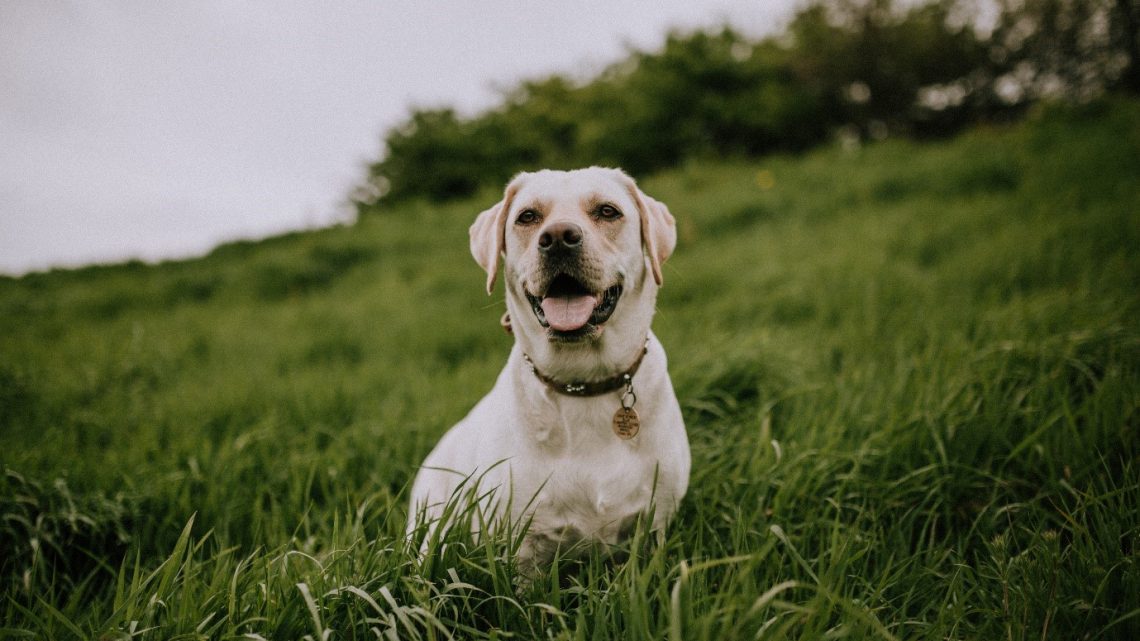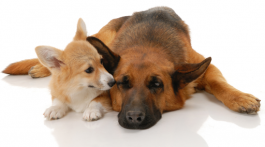Everyone wants that perfectly trained dog so let’s avoid the 5 common training mistakes in dog training. But there are so many ways to train them and often the results are not what you expected. Some dogs take longer than others and some dogs don’t seem to be getting anything at all. Well, it could all be that you’re making some simple and easily correctable mistakes in your training.
Here are our top five mistakes that people make when training a dog.
Not Enough Training
Your dog has not been given enough training. They don’t know what your commands mean as it has not been reinforced enough. Dogs are good at retaining information, but it often needs to be repeated. The more complex the task is the more training they require.
Skills that were taught can be forgotten, so you’ll need to re-establish them regularly. Not as much when learning something new, but once every day or so will be enough of a reminder about the command and action required.
Physical Corrections
Dogs, in general, do not respond well to physical corrections, and this can lead to fearful and aggressive behaviour. While methods such as check collars are not terrible, you need to be trained in their proper use to avoid causing an injury.
Stop using physical corrections and instead opt for reward-based training. Dogs are 100% motivated by food and will do almost anything if it results in getting a tasty snack!
Inconsistency
Using different commands for certain tasks is only going to confuse your dog and he won’t know what to do. Dogs have a limited ability to understand humans, and by using the same command for tasks it will help them in knowing you need.
Have a set list of commands and make sure everyone that talks to the dog use that same command and if possible, a similar tone. This will give your dog the best chance of understanding his family and knowing what is expected.
Impatience
Impatience is one of the 5 common mistakes in dog training. Remember some dogs will pick certain commands up faster than others, and they will learn quicker if the tasks relate to one another. For example, drop and roll – you need to teach drop and get good consistency before teaching roll, if you try to do them together it could be too complex.
Give your dog time to learn a new skill. There is no rush when it comes to training. Reward for any attempt by your dog to do the right thing, he will get there in the end.
Bribing
Reward based training the perfect way to get your dog to do what you need. However, if the dog knows that a treat is going to be offered, he will do what is asked just to get it. This is bribery rather than reward training.
The easiest fix is to not show your dog the treat, that way he will learn what to do based on the command rather than the thought of getting a guaranteed reward.





No Comment